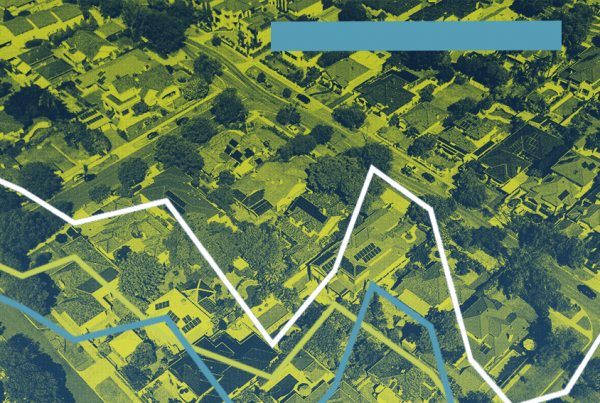At its March meeting, the Federal Reserve did what many experts expected it to do: increase the Fed funds rate – the amount banks pay to borrow money from each other overnight – from its previous level of .25 percent. The amount of the increase, however, was somewhat in question until the official announcement.
“For weeks now, expectations were growing that the Fed would hike short-term rates this year by the most since 2005 to help combat inflation, which has hit a 40-year high,” said Nelson De Leon, Chief Operating Officer for Homeowners Financial Group. “Originally, I felt the Fed would hike rates at its March meeting by as much as half point. However, after Russia invaded Ukraine, which has caused uncertainty to global markets, the Fed decided to move rates by only a quarter point.”
What does the new Fed funds rate of .5 percent mean to mortgage rates? While the Federal Reserve technically doesn’t determine those rates, its actions do have an effect on home loan pricing. Borrowers should expect to see an increase in mortgage rates moving forward, just not as significant as it would have been had the Fed raised the funds rate by a half point.
It’s also important for borrowers to remember that unlike the Fed rate, mortgage rates change daily and sometimes hourly. The best way to navigate interest rates on home loans is to speak with a Homeowners Licensed Mortgage Professional about current market conditions. We’re here to help you understand the rates that are available to you and get the best possible pricing on your next home loan.





